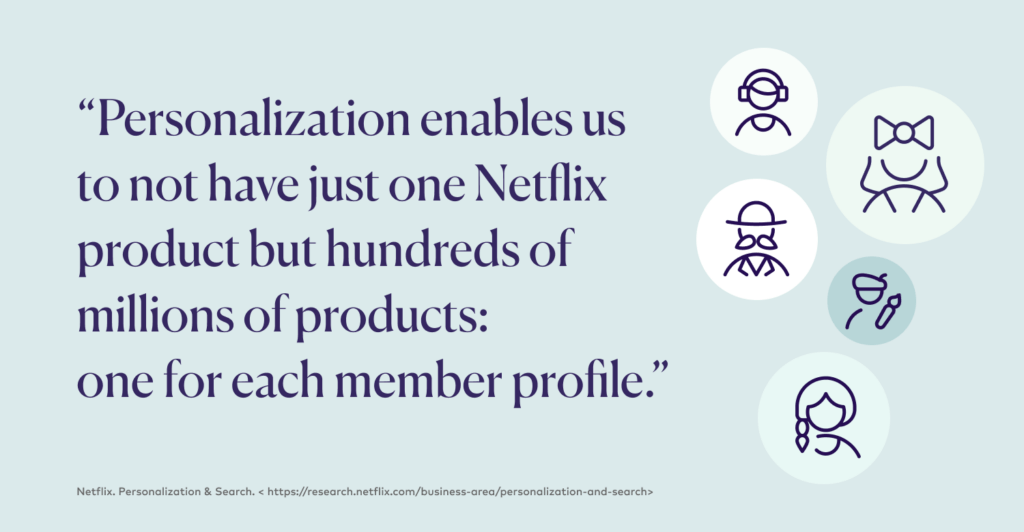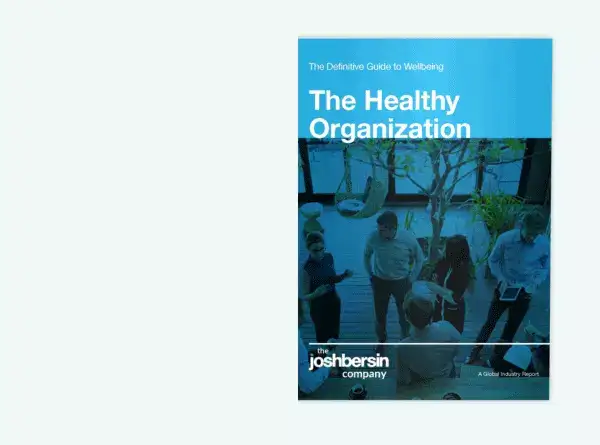Summary
- Personalization through consumer segmentation enhances healthcare member engagement and long-term loyalty.
- Healthcare organizations can learn from Netflix’s segmentation strategies to evolve from transactional to relational care.
- The Health Management Academy’s whitepaper offers insights on building a consumer segmentation strategy in healthcare.
There is no one-size-fits-all approach to healthcare. Every patient’s needs differ, so why is everyone interacting with portals and digital health experiences that provide only a small amount of personalization? The answer is they shouldn’t be. The Health Management Academy’s recent whitepaper Unlocking Consumer Engagement in Healthcare explores why healthcare organizations need to invest in deep personalization powered by modern data technology and consumer segmentation.
Healthcare organizations have access to millions of data points that offer a wealth of information about every single patient’s personalized health journey. With the right data models in place, healthcare systems can provide a custom CX to every individual in their network. Personalization is the key to not only driving high consumer engagement but also creating loyalty to one health system over another.
To help guide healthcare organizations on their journey toward improved consumer loyalty, let’s take a closer look at a company that has used consumer segmentation to shape their CX: Netflix. In order to provide a quality experience that results in return visits, organizations must engage consumers with deeply personalized content–Netflix accomplished this by creating “taste communities.”

Part of the reason Netflix sees 97 percent of subscribers renew year-over-year is due to the highly-personalized experience they offer to every single user. By developing these taste communities, Netflix knows enough about each user’s content preferences to personalize every aspect of the consumer experience. In fact, Netflix knows its consumers so well that 80 percent of all watched content is driven by viewer recommendations.
Now, imagine what this type of segmentation could do for healthcare organizations. It has the power to enable health systems to tailor every aspect of the consumer healthcare experience with hyper-personalized health journeys that provide disease-specific nudges and targeted content. Think about what this degree of personalization could do for healthcare engagement, closing gaps in care and patient outcomes. This is all within reach for the modern healthcare organization and it’s simpler than many may think.
In healthcare, segmentation begins with a shift in strategy from transactional services to relational care delivery. With the right practices in place, healthcare segmentation can enhance consumer engagement with tailored experiences that address an individual’s distinctive health needs.
The good news is that health organizations already own the data they need to create these segmented consumer experiences. The Health Management Academy–the country’s leading peer learning group representing the largest and most innovative health systems and industry partners–reveals all this and more in its latest whitepaper. The whitepaper provides key insights into how healthcare organizations can use Netflix as a model to build the backbone of their own consumer segmentation strategy.

